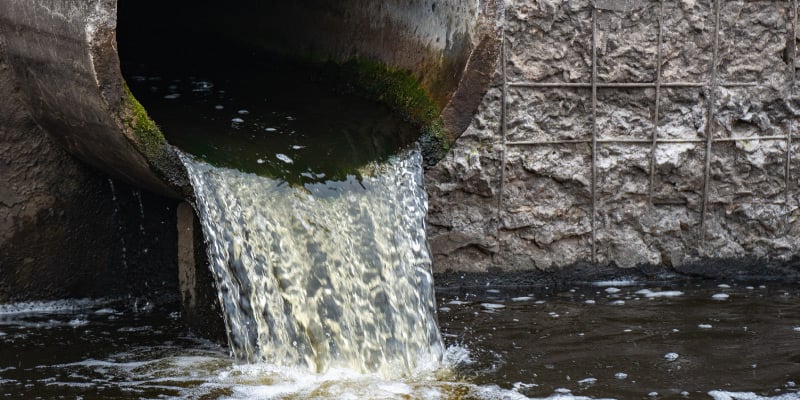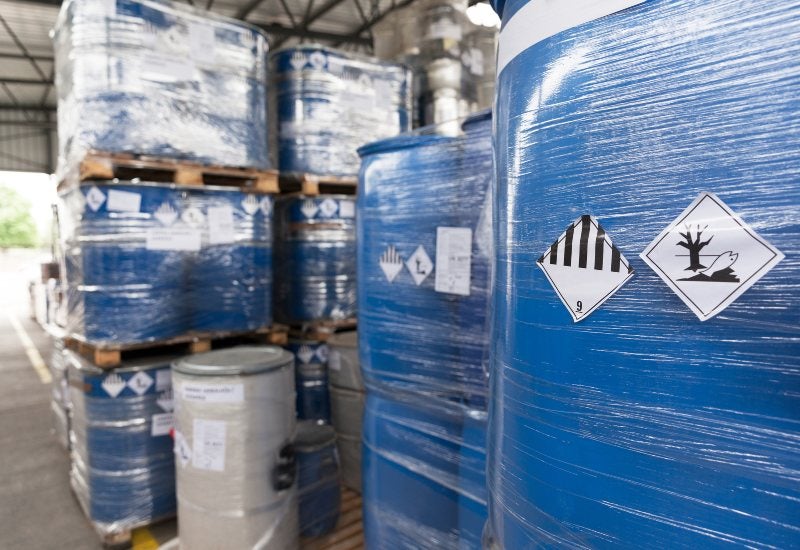Professional Liquid Waste Removal Melbourne: Rapid and Economical Services
Professional Liquid Waste Removal Melbourne: Rapid and Economical Services
Blog Article
Just How Liquid Waste Disposal Works: A Comprehensive Overview of Methods and Technologies Employed

Review of Liquid Waste Kind
The complexity of fluid waste types necessitates a thorough understanding of their qualities and implications for disposal. Liquid waste can broadly be categorized into a number of kinds, including industrial, metropolitan, agricultural, and unsafe waste. Each classification shows distinctive properties, calling for details monitoring methods to alleviate environmental and wellness risks.
Industrial fluid waste originates from making processes and frequently includes an array of pollutants, such as heavy metals, solvents, and natural compounds. Metropolitan fluid waste, largely consisting of wastewater from households and business facilities, has raw material, nutrients, and microorganisms (industrial wastewater treatment). Agricultural fluid waste, consisting of overflow from farms, might consist of fertilizers, pesticides, and pet waste, presenting risks to water high quality and environments
Dangerous fluid waste is characterized by its poisoning, reactivity, or potential to cause injury. This category consists of compounds like acids, bases, and particular chemicals that require strict handling and disposal methods. Understanding these diverse liquid waste types is critical for establishing effective disposal techniques and guaranteeing compliance with environmental laws. Proper classification and characterization are important for applying proper treatment techniques and decreasing the adverse effect on public health and wellness and the environment.
Physical Therapy Methods

Testing is the preliminary step, where larger fragments and debris are removed from the fluid waste utilizing displays or grates. In sedimentation tanks, heavier particles resolve at the bottom, creating a sludge layer, while the made clear fluid can be more treated.
Purification is one more important approach that includes passing the fluid via porous products, such as sand or membranes, to catch smaller bits. This step improves the top quality of the fluid, making it ideal for succeeding therapy procedures.

Chemical Treatment Strategies
Chemical therapy techniques are vital for properly handling liquid waste, specifically in resolving liquified and colloidal impurities that physical approaches may not effectively remove. These strategies use different chemical agents to neutralize, speed up, or change hazardous substances into less dangerous kinds.
One common method is coagulation and flocculation, where chemicals such as alum or ferric chloride are included in promote the aggregation of suspended particles. This procedure boosts sedimentation, permitting easier elimination of the resulting sludge. Additionally, oxidation procedures, employing agents like chlorine or ozone, are utilized to break down complicated organic compounds and virus, making the waste much safer for discharge or more therapy.
Neutralization is another crucial strategy, which readjusts the pH of acidic or alkaline waste streams to neutral degrees, stopping prospective damage to downstream systems and the atmosphere. Additionally, progressed oxidation processes (AOPs) utilize combinations of oxidants and ultraviolet light to weaken persistent contaminants, attaining a greater level of therapy performance.
Biological Treatment Procedures
Organic therapy procedures play a vital function in the administration of liquid waste by making use of microorganisms to disintegrate raw material and lower pollutant degrees. These procedures can be broadly classified into cardio and anaerobic treatments, each employing details microbial neighborhoods to attain efficient waste degradation.
Cardiovascular therapy includes making use of oxygen to facilitate the failure of natural materials by microorganisms. This procedure is generally executed in activated sludge systems, where aeration containers offer a helpful setting for microbial growth, resulting in the oxidation of natural contaminants. The resultant biomass can be divided from dealt with effluent via sedimentation.
In comparison, anaerobic therapy occurs in the absence of oxygen, relying upon different microorganisms to break down raw material. This technique is especially useful for high-strength waste, as it produces biogas, a renewable power resource, while minimizing sludge production. Technologies such as anaerobic digesters are frequently employed in community and industrial applications.
Both cardiovascular and anaerobic biological treatments not just reduce the ecological influence of fluid waste however also facilitate source recuperation, making them essential elements of lasting waste administration techniques. Their effectiveness, versatility, and performance support their prevalent application throughout numerous sectors.
Emerging Technologies in Disposal
Cutting-edge methods to fluid garbage disposal are swiftly developing, driven by developments in technology and an enhancing emphasis on sustainability. Among these arising innovations, membrane layer bioreactors (MBRs) have acquired grip for their ability to combine organic treatment with visit site membrane purification, leading to high-grade effluent that can be recycled in various applications. MBRs make it possible for smaller sized impacts and a lot more efficient operations compared to traditional systems.
An additional appealing development is using anaerobic food digestion combined with nutrient recuperation modern technologies, which not just deals with fluid waste yet also creates biogas and recuperates important nutrients like nitrogen and phosphorus. This dual benefit improves source performance and decreases ecological impact.
Furthermore, progressed oxidation procedures (AOPs) are being adopted for the deterioration of intricate natural contaminants. These techniques utilize effective oxidants and catalysts to break down impurities at the molecular degree, offering a highly effective service go right here for difficult waste streams.
Moreover, the integration of expert system and artificial intelligence in waste monitoring systems is optimizing functional effectiveness and anticipating maintenance, causing minimized prices and improved environmental compliance. These modern technologies reflect a significant change in the direction of more lasting and reliable liquid garbage disposal practices.
Final Thought
In verdict, reliable liquid waste disposal demands a thorough understanding of various strategies and technologies. By constantly progressing these approaches, it comes to be feasible to deal with the growing obstacles linked with fluid waste, ultimately adding to ecological defense and source recuperation.
Fluid waste disposal is an essential facet of environmental monitoring, calling for a thorough understanding of numerous techniques and technologies tailored to different waste types. Liquid waste can broadly be classified right into a number of types, including industrial, community, agricultural, and dangerous waste. Agricultural liquid waste, including runoff from farms, Website might consist of fertilizers, chemicals, and animal waste, positioning threats to water high quality and environments.
Numerous physical therapy methods play an important role in taking care of fluid waste effectively - industrial wastewater treatment.In conclusion, efficient fluid waste disposal necessitates a thorough understanding of different techniques and modern technologies
Report this page